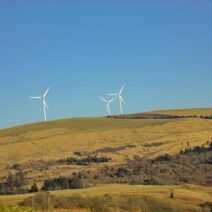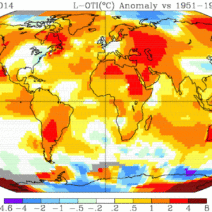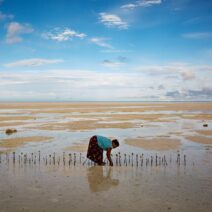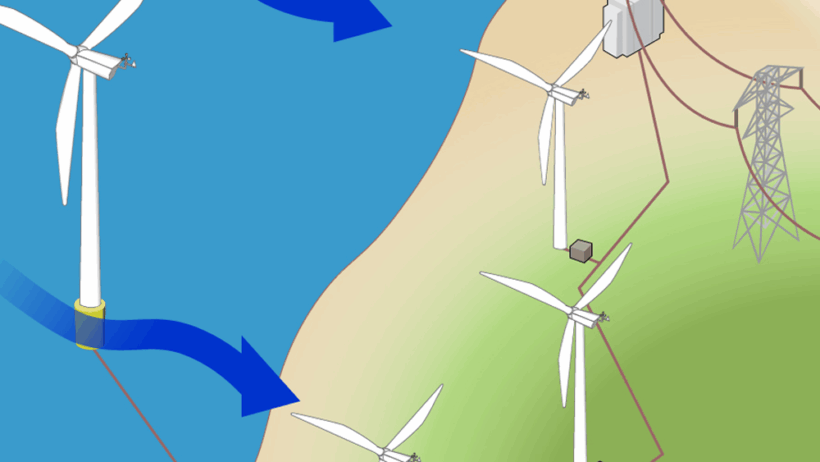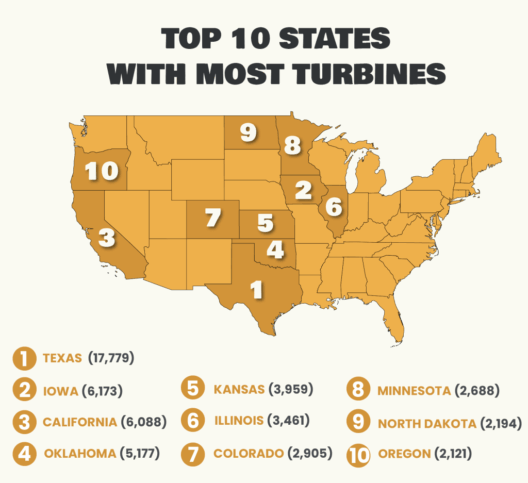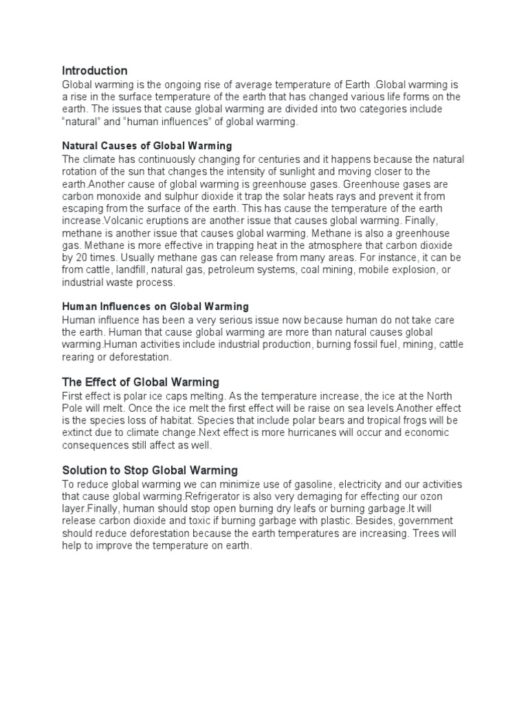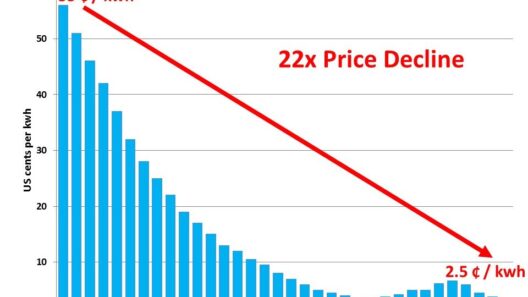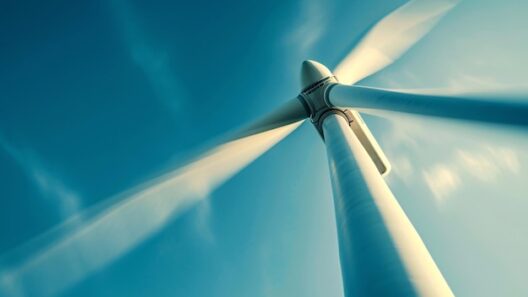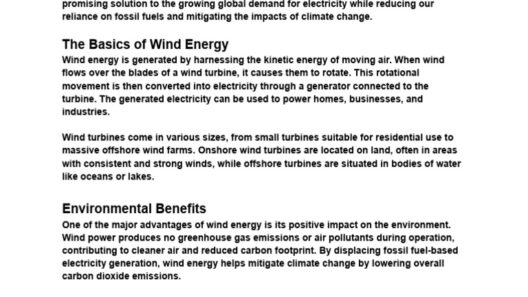Wind energy is an exquisite form of renewable energy that harnesses the ceaseless dance of air currents for the greater good of humanity. Like ancient mariners who unfurled their sails to traverse uncharted waters, modern society has learned to capture the invisible force of the wind and transform it into clean, usable energy. The journey from wind to electricity is a remarkable process that involves transformative technology and profound synergy with the natural world. Dive into the intricate ballet of blades and turbines that drives this sustainable energy revolution.
Understanding the essence of wind energy begins with a fundamental appreciation of how wind is generated. As sunlight warms the Earth’s surface, uneven heat distribution creates areas of high and low pressure, leading to air movement—essentially, the wind. Imagine a vast ocean of air, where the shifting tides of temperature and pressure instigate the continuous flow of energy. In this vast expanse, wind energy becomes an abundant and inexhaustible resource, easily accessible to those equipped to harness it.
Now, let’s embark on a journey through the metamorphosis of wind energy, from the moment it begins to ripple through the air until it illuminates our homes.
Setting Our Sails: The Wind Turbine Design
The heart of wind energy harvesting lies in the wind turbine, a marvel of engineering that is designed for optimal efficiency and durability. A wind turbine resembles a giant pinwheel, its blades elegantly arching skyward. When the wind kisses these blades, they begin to turn, capturing the kinetic energy embedded within the air currents. This kinetic energy is directly proportional to the wind’s speed; the greater the wind’s velocity, the more energy can be harvested.
Each turbine consists of three major components: the rotor assembly, the nacelle, and the tower. The rotor assembly includes the blades and hub that catch the wind. The nacelle houses essential machinery, including a generator, gearbox, and control systems. Finally, the towering structure elevates the rotor to capture higher wind currents, optimizing energy production. The design and materials used in wind turbines, including lightweight composite materials that can withstand extreme weather, represent the cutting-edge of modern engineering.
When the wind caresses the blades, they initiate rotation. As they turn, they engage the gearbox that amplifies the rotational speed, a sweet transformation that sets the stage for the subsequent conversion of energy.
From Kinetic to Mechanical: Harnessing the Wind’s Force
The turning of the blades does not merely revolve in idleness; it infuses motion into the generator situated within the nacelle. This generator, often reminiscent of an intricate clockwork system, takes the raw kinetic energy from the blades and converts it into mechanical energy. As the rotor spins, it induces electromagnetic induction—a principle as old as the study of physics—wherein moving a conductor through a magnetic field generates an electric current.
The dance of electrons begins here, as the generator transforms the mechanical energy into electrical energy. This is where the magic of contemporary technology manifests. The electrical output from the generator is typically alternating current (AC), which is then conditioned to ensure it is suitable for the power grid. This conditioning process involves converting the AC into direct current (DC) and vice versa if needed, enabling safe and reliable integration into the existing energy infrastructure.
As the generator hums to life, the potential for wind energy to power our lives becomes tangible. However, the journey is not yet complete; the generated electricity must now travel to where it is needed most.
The Pathway of Power: Energy Transmission
After electricity is generated, it enters the transmission phase. This part of the process functions like a series of interconnected highways, designed to transport energy efficiently from the wind farm to homes, schools, and businesses. High-voltage transmission lines serve as the arteries of this network, ensuring that the energy produced can be distributed over extensive distances without significant loss.
The sheer scale of modern wind farms is awe-inspiring. Expanses of land are dotted with clusters of turbines, waiting to greet the wind. These wind farms can be found onshore, where sprawling fields allow for expansive installations, or offshore, where turbines are anchored at sea, capturing stronger and more consistent winds. As electricity navigates the grid, it reaches substations that reduce voltage levels, making it suitable for residential or commercial use.
A New Era of Sustainability: The Benefits of Wind Energy
Wind energy is not merely a mechanical process; it resonates with a broader ethos of sustainability and ecological harmony. By harnessing wind, we reduce our dependence on fossil fuels and mitigate the emission of greenhouse gases that plague our atmosphere. The transition to wind energy represents a paradigm shift—where the power of the wind becomes a powerful antidote to climate change.
Moreover, wind farms create jobs, boost local economies, and stimulate technological innovation. Communities benefit from clean energy solutions that not only meet immediate needs but also offer long-term sustainability, paving the way for a greener future.
Wind energy encapsulates the spirit of transformation, illustrating how a natural phenomenon—an invisible force—can be converted into a powerful ally in humanity’s quest for a better world. As we stand on the precipice of this energy revolution, the message is clear: embracing the dance of the wind is not just an option; it is our responsibility.
